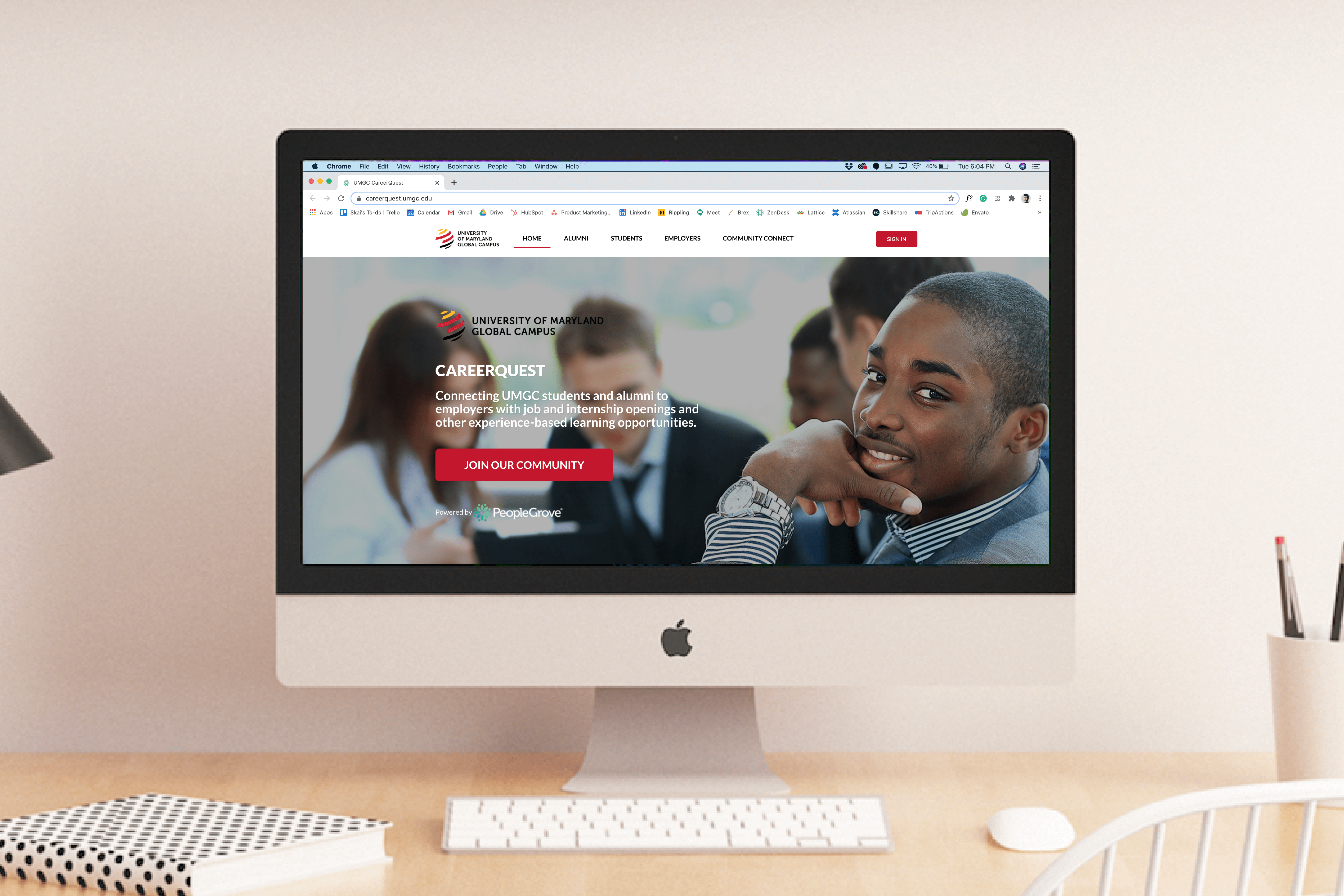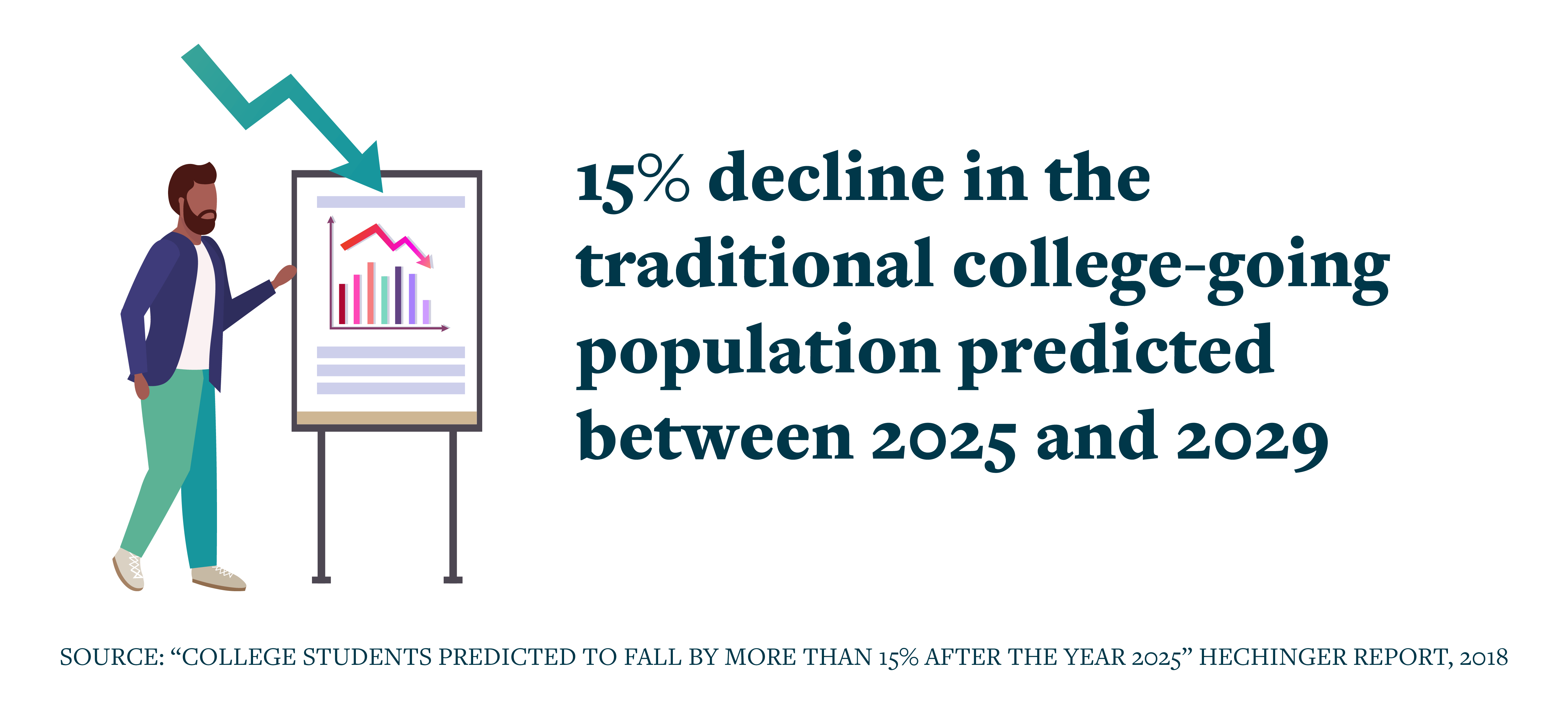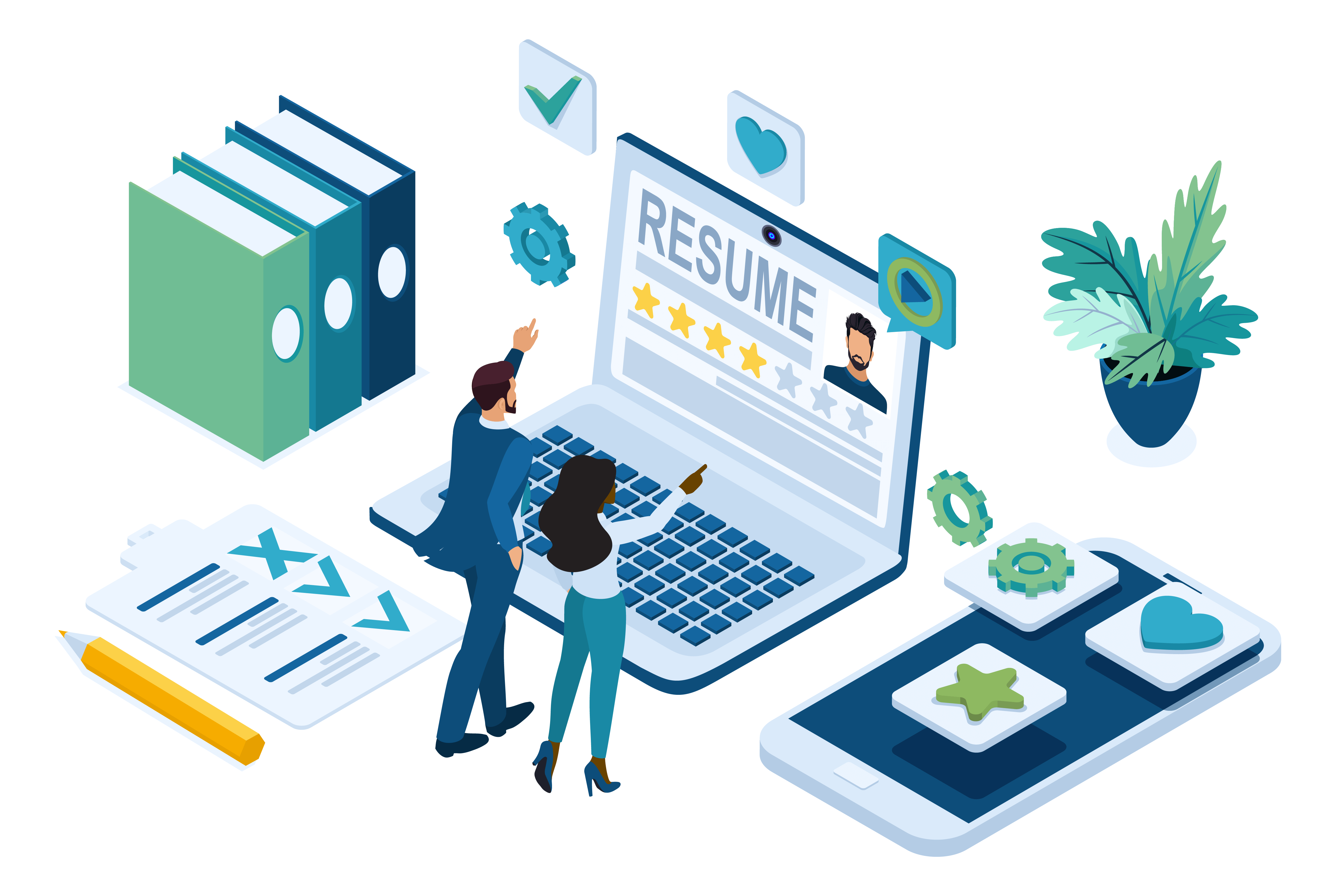Admin Users
Information Students Need, When They Need It
How University of Maryland Global Campus Uses PeopleGrove to Optimize Support for Students A few years back, I was walking […]
Admin Users
How University of Maryland Global Campus Uses PeopleGrove to Optimize Support for Students A few years back, I was walking […]

A few years back, I was walking from my campus office down the street to grab lunch on a beautiful spring day. I was heading for the iconic local eatery just outside the campus gates — the type of establishment that ends up on the “Best of College Bars & Restaurants” lists. Sitting outside on the stoop next door was a young student I had gotten to know over the past semester. She was waiting for a friend in the sunshine and reading a copy of Maciavelli’s The Prince.
To me, that was the image of a college student. The setting, the book, even the weather lent to the image. The student herself was a first-year student, perhaps 18 or 19 years of age at the time, and was living on-campus. She had the time and luxury to indulge in some Renaissance literature and the burgers at the classic college bar.
But is that really a college student?
What I didn’t know at the time is that this particular image of a college student may be the “classic” one, it is by no means the most common one. Non-traditional students have quickly become the norm across college campuses. Those non-traditional students have many characteristics that define them as such, one of which is that they are often older adults with some work experience who are enrolling to improve their career trajectory. They also may be working full-time along with their coursework. Given the anticipated decline in the traditional college going age population, these learners will only grow in their percentages across campuses.

These students are not effectively served by the traditional methods of supporting on-campus populations — particularly when it comes to career services. This is precisely the question that the University of Maryland Global Campus (UMGC) has wrestled with as they served more and more non-traditional students, as Peter Smith writes in “Career Services That Students, and Employers, Need,” published in Inside Higher Ed on June 18, 2020:
“The basic problem UMGC faced was answering this question. How do we scale useful services to a wide variety of adult learners who bring multiple levels of experience in the 90 fields where we offer programs? The need to personalize services in the face of a seemingly infinite variety of needs and aspirations led to a complete rethinking of what career services should be.”

The Ultimate CareerQuest
Critical to their approach has been the implementation of CareerQuest, powered by PeopleGrove. Smith writes that the platform has allowed for UMGC to provide a wide range of support with a few key foundational elements:

Creating a New “Traditional”
As higher education continues to innovate and build the new student journey in 2020, institutions like UMGC provide a perfect example. As an online university, they were forced to wrestle with the issues now facing brick-and-mortar schools far before the events of this spring. Even when campuses reopen their doors, students will continue to need on-demand and asynchronous services to be successful, since the new student journey will certainly be asynchronous in of itself. Leveraging technology allows those services to be scaled in a way not previously possible in the physical Career Center.
Northeastern University President Joseph Aoun said it best:
“Universities will remain vibrant, dynamic, diverse places. But bricks and mortar don’t propel these exchanges. The institutions that thrive post pandemic will be those that understand how humans cross the boundaries between the physical and digital — and back again.”
Looking at schools like UMGC can provide a roadmap for meeting the needs of all learners as they navigate that digital boundary.
To learn more about UMGC and the hundreds of institutions innovating to support their students, reach out to our team!